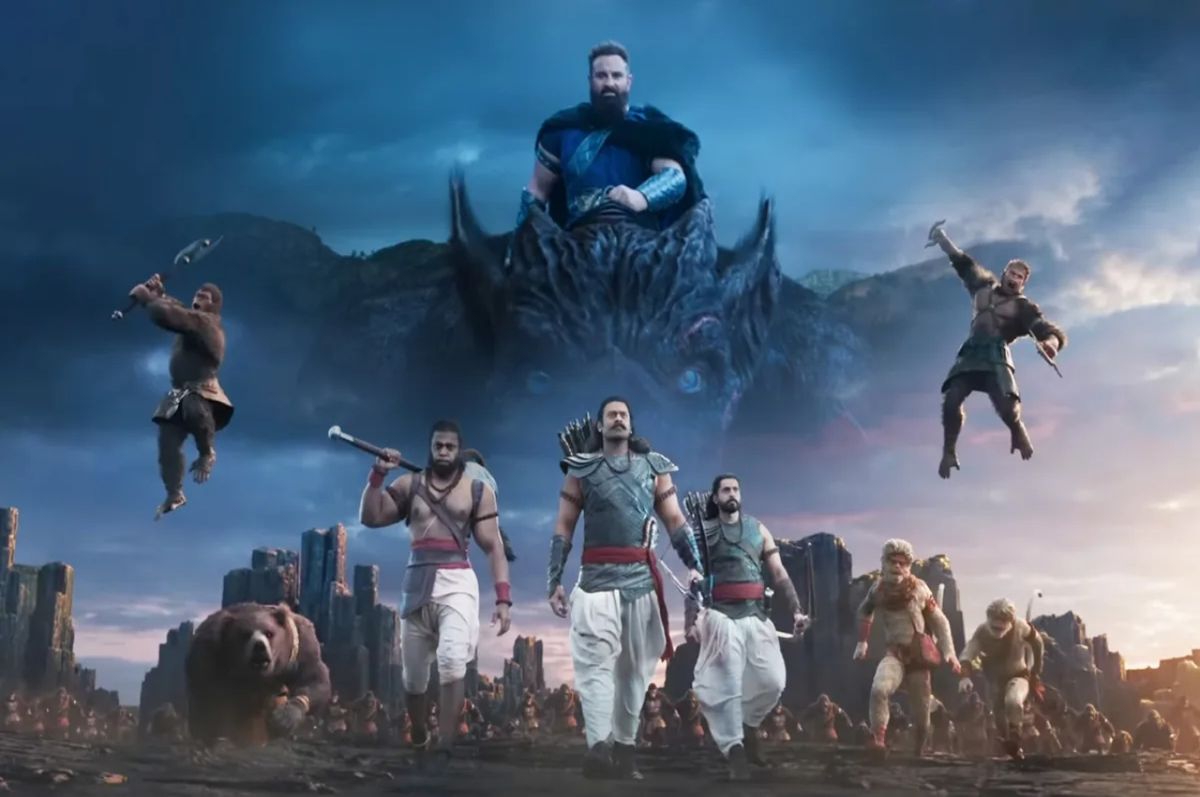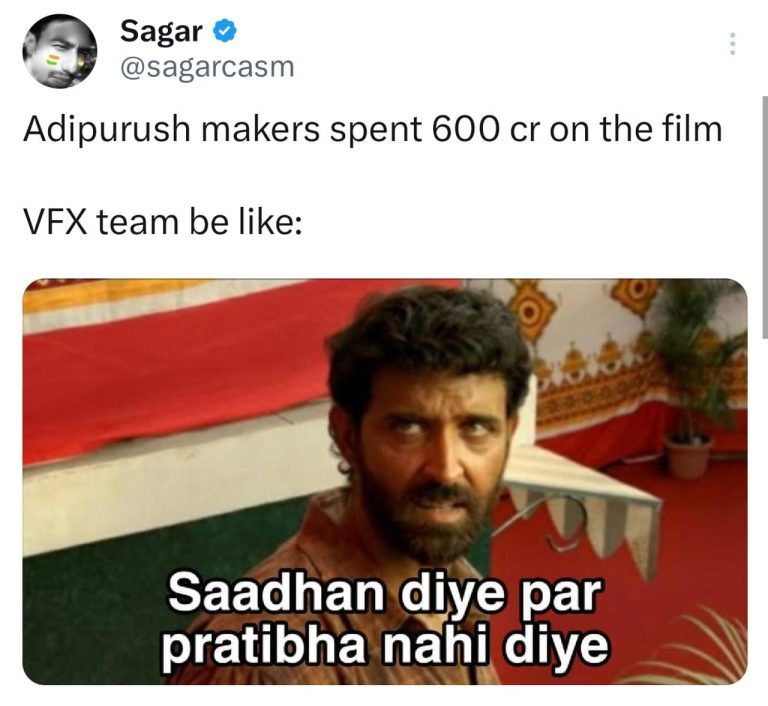Adipurush: A Marketing Case Study
'Adipurush' has been capturing headlines, and it's time I joined the conversation with an article of my own. Why delve into 'Adipurush' in a space where I predominantly focus on academics? Well, let me bridge that gap with the concept of "marketing".

Introduction:
'Adipurush' has been capturing headlines, and it's time I joined the conversation with an article of my own. Why delve into 'Adipurush' in a space where I predominantly focus on academics? Well, let me bridge that gap with the concept of "marketing".
Three years ago, an India Today magazine article first introduced me to 'Adipurush'. The news of Saif Ali Khan playing Ravan in the film immediately piqued my interest as a Ramayana enthusiast. Over the years, I've consumed numerous articles and videos about 'Adipurush'. Some speculated that the film might humanize Ravan and justify his abduction of Sita, while others suggested the movie would distill the complexities of the Ramayana for contemporary audiences. Regardless of the divergent views, 'Adipurush' consistently remained a hot topic, typical for high-budget movies, in both print and digital media.
Films as Products:
Movies, frequently seen as entertainment sources and artistic expressions, also embody commercial products in a global, multi-billion-dollar industry. They originate from a creative process, later packaged and sold to consumers in formats such as theatrical releases, streaming services, and DVDs. Studios pour extensive resources into their production, marketing, and distribution with profit generation in mind. Aspects like star power, genre, special effects, and storytelling are crafted meticulously to draw specific audiences and optimize revenue. Therefore, movies transition from being solely works of art to commercially designed products, crafted to satisfy market demands and trends.
Most movies strive to quench the thirst for entertainment, recruiting star-studded casts, astounding music, captivating CGI, and thrilling fight sequences. These components form the substance of the product. The product is further enhanced through promotions, behind-the-scenes footage, industry gossip, and other supplementary content, thereby contributing to the augmented product.
Viewing 'Adipurush' as a product isn't challenging. At its core, 'Adipurush' aspires to entertain. The actual product consists of the storytelling, music, and visual spectacle designed by the director. Although the storyline, based on the age-old epic Ramayana, may not spring surprises given its exhaustive retellings, the augmented product shines with behind-the-scenes footage, tales from the film set, and other intriguing elements. Interestingly, 'Adipurush' deviates from the norm as it continues to evolve, with elements like dialogues being revised even post-release. For example, the meme worth “Kapda Tere Baap ka, Tel tere baap ka, aag bhi tere baap ki, toh jalegi bhi, tere baap ki” dialogue seems to have been rescripted to something different well after the movie was released.
A Closer Look at the Product:
Consider 'Adipurush' in this light.

At the start of production, a definitive plan for the movie likely existed. However, with the subpar CGI work and other aspects not meeting their ambitious benchmarks, a change in course was needed to repackage the film. Seemingly, the film's producers pivoted to cater to a different core need: our longing to relive our past glory as opposed to simply entertain. Several recent films (e.g., RRR, Tanaji, Padmavat) have tapped into this formula, achieving box office success and critical acclaim. From a marketing perspective, it's logical. Consider the director's appeal to the audience to leave a seat for Hanuman Ji. This could be interpreted as a last-ditch effort to rebrand the movie, capitalizing on our collective nostalgia.

In the end, it's up to the audience to determine their comfort level with Adipurush's marketing strategies. From my perspective, It's heartening to see discerning moviegoers demanding high-quality films rather than accepting subpar offerings. Their unwillingness to reward movies that merely 'play to the gallery' and not treat them as intelligent consumers offers us marketers a very important lesson - The consumer is very smart. Regardless of one's viewpoint, 'Adipurush' undoubtedly presents an intriguing case study in the realm of marketing. If there is one thing that I am certain of, the movie and it’s production team are definitely going to teach us many more marketing lesions through this evolving tale.



